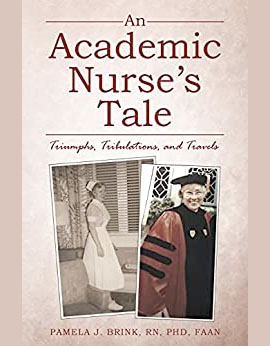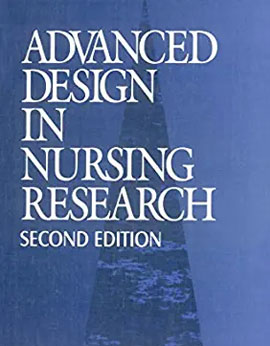Description
Looking back, author Pamela J. Brink never really wanted to be a nurse, but when she was in high school, she couldn’t think of any other career for women she felt drawn to. She was expected to go to college, but she had no idea what she wanted to do with her life. In An Academic Nurse’s Tale, Brink narrates her story, telling how her choice turned out to be a perfect one.
She began her nursing career in the 1950s, and it spanned the most turbulent times in nursing education in the United States. Brink documents the times, offering a glimpse of the remarkably interesting period in the development of education, research, theory, and skills. She also presents a look at the ever-changing aspects of academic nursing.
An Academic Nurse’s Tale gives firsthand insight into the versatility of a nursing career and describes the interesting, challenging, and rewarding aspects of the profession.






Judy
An Academic Nurse’s Tale traces the education and hugely varied career in nursing experienced by the author. The beginning is not promising, with the choice of nursing being simply the best of the few options open to young women in the early 50’s. Indeed, the author confesses that she was never a “people person” and found the sights and smells of the hospital to be distasteful to say the least. She sticks it out none the less and enters the nursing world of work with no clear plan or direction. This rather shaky foundation is followed by 6 or 7 varied clinical positions, each of which was quickly abandoned whenever a new opportunity or invitation to share an apartment was offered. She sidesteps into graduate education in psychiatric nursing at the Catholic University with no experience in the speciality and follows this with clinical positions that gradually also include teaching with an affiliated nursing program. The author states that she really had no clear idea of what psychiatric nurses did and doesn’t really share how this view translated into clinical teaching.
The authors real journey begins with doctoral study at Boston University. Since the first true doctoral programs in nursing had not yet begun she studied anthropology and joined the small cadre of PhD Nurse Scientists who were housed in nursing programs and slowly instilling the skills and knowledge of research into the rapidly evolving profession. Dr. Brink’s career from this point on is truly amazing and her contributions are extensive. Her academic career spanned decades and included long stints at UCLA, University of Iowa, and the University of Alberta during the years when academic nursing was struggling with legitimacy in academia. Clinical nurse specialists, nurse practitioners, nursing theory, nursing research, and transcultural nursing all were launched, evolved and achieved legitimacy during these years, and Dr. Brink was a part of all of it. Her personal achievements included research projects and publications, and the expansion of the critical use of qualitative research. Her own work had her in remote areas of Nigeria at a time when such daring was truly rare for professional women at all. She mentions a whole litany of challenges that went along with these adventures. Dr. Brink was a lifelong supporter of WICHE and went on to help found and edit the Western Journal of Nursing Research. And the list goes on.
In the book’s preface Dr. Brink states that she hopes that the story of her eclectic career might entice some future potential nurses to realize the huge diversity and array of opportunities that exist with the context of nursing beyond its portrayal in books and TV. Perhaps they will then consider giving the profession a chance, even if they don’t feel “called”, secure in the awareness that your career can be yours to fashion. In this she is completely successful. My only frustration with the book was its brevity. The author introduces major trends and challenges for the profession and then doesn’t develop them. How did she resolve not being a people person? How did she deal with the deep and long lasting animosity that existed toward college educated nurses when nursing was still largely an occupation/vocation? How did she chart a path through the difficult era of conceptual frameworks and theories as nursing struggled to achieve legitimacy as an independent profession? How did she deal with a concrete latrine in her back yard and an open air bathtub during her stay in Nigeria? I want to know more! I guess that what I really want is to spend an afternoon with the author exploring the context behind all the topics she introduces, perhaps over a pot of tea!
The profession owes Dr Brink its sincere thanks for all her many contributions. And her message is true – a career in nursing can be most anything you wish if you have the courage and dreams to make it so.